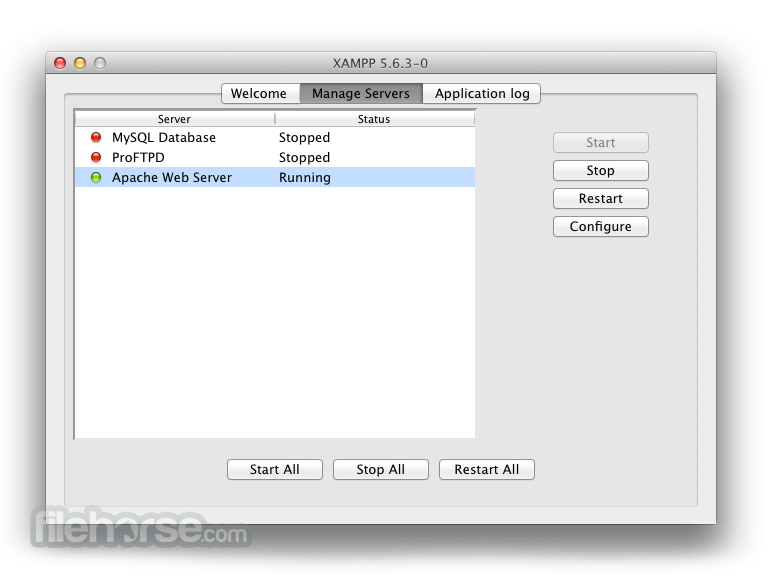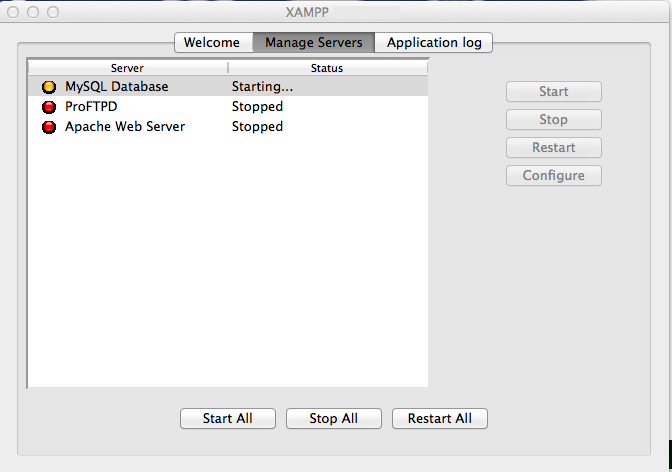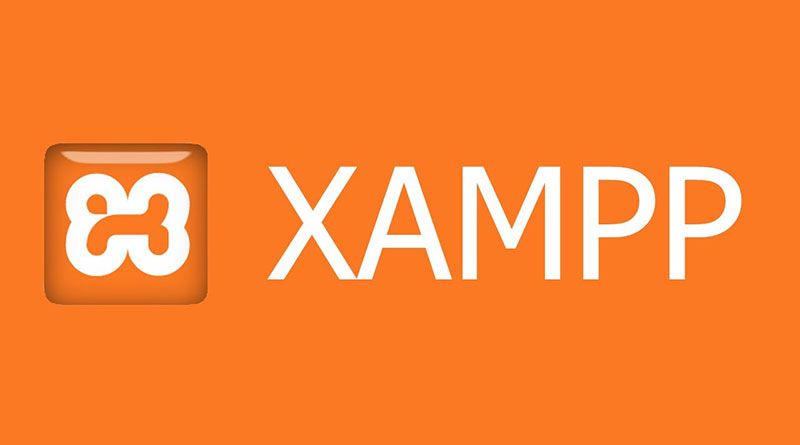

- #Download xampp for mac with mysql database code#
- #Download xampp for mac with mysql database password#
- #Download xampp for mac with mysql database download#
Now that we have everything needed to recreate the site locally, we can start working with XAMPP.
#Download xampp for mac with mysql database download#
Simply download all the files from your root level connection and save it into the backup folder (C:\Users\#YOURNAME#\Desktop\Backup\). Using Filezilla, enter your FTP credentials and create a connection to your server. You will need FTP access to do this, and an FTP client, we suggest Filezilla. Now that you have a copy of your database, all that is left is to grab a copy of all your files from your server. Move the file to a folder that will contain a backup of the files and folder.

#Download xampp for mac with mysql database code#
I will get back to you as soon as possible and help you in running the services.About six months ago, PHP 5.6 reached End-Of-Life, which means that for the months before December 2018, I was tasked with updating code on some sites that were not PHP 7.2 compliant. If you are still struggling with starting any of the XAMPP services, leave a comment below. Changing the port and restarting the services always help in fixing issues with XAMPP application manager.

But sometimes you might face issues with starting apache and MySQL due to configuration or conflict of the port. XAMPP Manager is easy to use and configure. You can also set the Port to 3307 by clicking on the Configure button in the XAMPP Manager. If it doesn’t work, change the permission of the file /Applications/XAMPP/xamppfiles/etc/my.cnf from ‘read-only’ to ‘everyone’ and then start the MySQL from XAMPP Application Manager. Applications/XAMPP/xamppfiles/bin/rver start Once you kill the MySQL process, start it again using the following command.
#Download xampp for mac with mysql database password#
Enter the user account password if it asks for your macOS user. Once you open the terminal, paste or type the following command to close if MySQL is already running. Go to the Application > Utilities and Open the Terminal. But finally, the following steps helped me fix the issue. I spent hours to change the port and did everything. After installation of XAMPP on macOS when you try to start the MySQL Database using the Application Manager, you might face issues with running it.


 0 kommentar(er)
0 kommentar(er)
